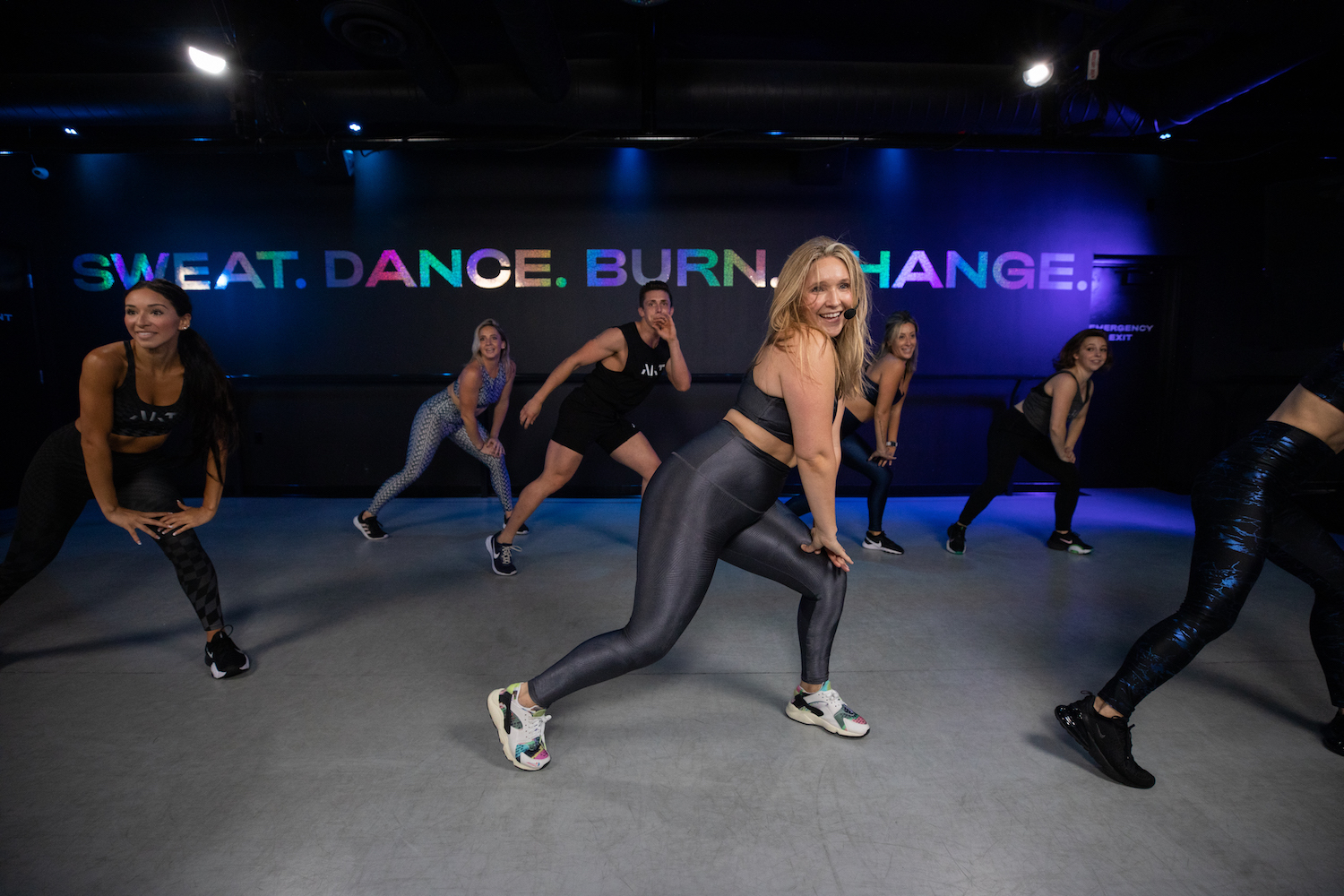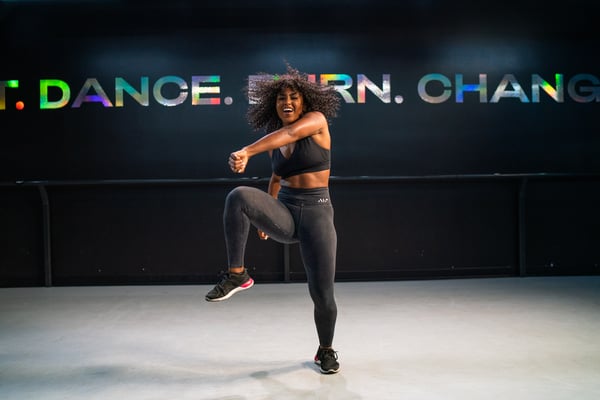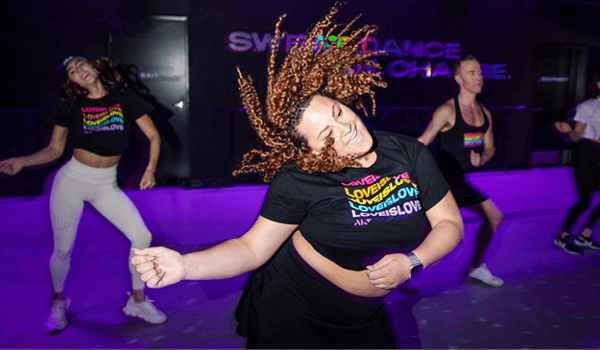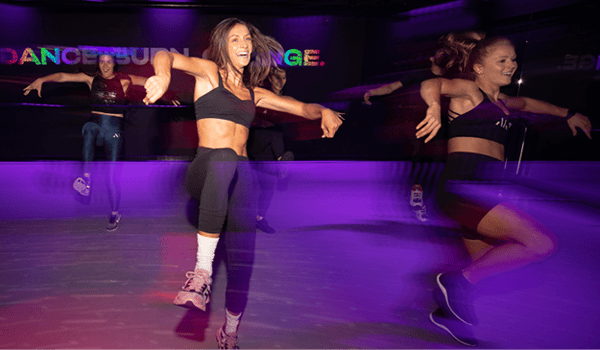Today’s topic - high calorie burn workouts. What are they? How do they work? Are they effective? How frequently should you do them?
In this blog, we’ll be working our way through the ins and outs of high calorie burning exercises and workouts and discuss the many benefits that come from training like this.
Whether you’re looking to lose a few pounds, increase your cardiovascular endurance, or simply tone up a bit, then you’ll want to keep reading as high intensity workouts have a variety of benefits.
How Do You Burn Calories?
Before we dive straight into an awesome, heart pumping workout, we first need to understand how calories are burned.
There’s a multitude of different physiological processes in the body that lead to calorie burn. First is your Basal Metabolic Rate (BMR) and this refers to the number of calories your body needs to perform basic functions such as breathing, maintaining body temperature, and supporting organ functions. Even when your body is at rest, it’s still burning calories to complete these essential functions.
Second, is the physical activity you engage in including exercise, workouts, household chores and other forms of basic movement. The more intense the activity, the more calories burned.
Third, is the process of digesting your food as your organs need energy to complete this process, thus burning calories.
Fourth and finally, has to do with your body’s composition and current muscle mass. Having more muscle mass can increase your resting metabolic rate as muscle requires more energy to maintain compared to fat. This means having a high proportion of lean muscle mass in your body can lead to burning even more calories while you’re at rest.
What is Considered High Calorie Burn?
High calorie burn refers to an elevated rate of calories burned during physical activity or exercise. The specific number of calories burned can vary depending on several factors, including the type of activity, duration, intensity, body weight, and your individual fitness level. However, as a general guideline, activities that significantly elevate heart rate and require substantial effort can be considered high calorie burn activities.
For example, activities such as running, cycling at a fast pace, high-intensity interval training (HIIT) workouts, dance cardio, kickboxing, rowing, and intense strength training can often result in a higher rate of calorie burn compared to lower intensity activities like walking or stretching.
In general, actions that require more effort, engage multiple muscle groups, and elevate heart rate to a significant level for an extended period of time are more likely to result in a higher calorie burn. But note that the actual number of calories burned during an activity will vary depending on factors such as your individual body weight, fitness level, and exercise intensity.
Benefits of High Calorie Burn Workouts
Aids in Weight Loss
High calorie burn workouts can aid in weight loss through multiple mechanisms. First, these types of workouts typically involve intense physical activity that burns a significant amount of calories during the session. This typically leads to a calorie deficit, where the body burns more calories than it consumes, leading to weight loss over time.
Additionally, a high calorie burning workout can increase your metabolism. During intense exercise, the body requires more energy to fuel the increased activity, which can elevate the resting metabolic rate for hours or even days after the workout. This means that after the workout is over, the body continues to burn calories at an increased rate, aiding in weight loss by further contributing to the caloric deficit explained above.
Improve Cardiovascular Health
Improving your cardiovascular health is vital for a multitude of reasons. There are several different workout types that aid in this effort including HIIT (High Intensity Interval Training), circuit training, dance workouts, and other cardio exercises as they involve intense physical activity that challenges your cardiovascular system through:
-
Increased Heart Rate: High calorie burn workouts typically elevate your heart rate to a higher intensity for an extended period of time. This helps improve cardiovascular endurance by strengthening the heart muscle and enhancing its ability to pump blood efficiently.
-
Improved Aerobic Capacity: High calorie burn exercise increases the body’s ability to consume oxygen during exercise, known as aerobic capacity. This leads to improved lung function and increased oxygen uptake, allowing the body to perform physical activities with greater ease and efficiency.
-
Lower Risk of Cardiovascular Diseases: Regular participation in high calorie burn workouts or high calorie burn exercises has been show to reduce the risk of developing cardiovascular diseases, such as heart disease, stroke, and hypertension. These workouts can help lower blood pressure, reduce LDL (low-density lipoprotein) cholesterol levels (commonly referred to as “bad” cholesterol), and improve overall lipid profile.
Increase Overall Endurance
You can increase your body’s overall endurance through these types of workouts, including:
-
Improved Cardiovascular Endurance as we described above
-
Enhanced Muscular Endurance: Because high calorie burn workouts typically involve repetitive and intense movements that target certain muscle groups, this lead to improved muscle endurance, as the muscles adapt to the demands of the workout and become more resistant to fatigue. Increased muscular endurance allows individuals to perform physical activities for longer durations without experiencing this fatigue.
-
Increased Energy Production: These workouts require the body to produce energy rapidly to sustain the intense physical activity. This can lead to increased energy production at the cellular level, including improved mitochondrial function, which is responsible for generating energy in the cells. Enhanced energy production can translate into increased overall endurance, allowing you to sustain high levels of activity for longer periods of time.
-
Enhanced recovery Ability: Regular participation in high calorie burn workouts can improve your body's ability to recover from physical exertion. This includes adaptations such as improved muscle repair and reduced muscle soreness, allowing individuals to bounce back more quickly and efficiently from workouts and sustain higher levels of activity over time.
Enhance Your Mood & Reduce Stress
High calorie burning exercises not only affect your physical wellbeing, but they can also have a profound impact on your mental health as well - including:
-
Releasing Endorphins: High intensity workouts are known to trigger the release of endorphins, which are often referred to as "feel-good" hormones. Endorphins can help improve mood, reduce stress, and promote a sense of well-being, leading to a positive emotional state after a workout.
-
Reduced Stress Hormones: High calorie burning workouts can help reduce the levels of stress hormones, such as cortisol, in the body. Cortisol is known as the "stress hormone" and is associated with increased stress and anxiety. Regular participation in high intensity workouts can help lower cortisol levels, leading to reduced stress and improved mood.
-
Improved Brain Function: These workouts have been shown to have positive effects on cognitive function and brain health. These workouts can increase blood flow to the brain, improve oxygen and nutrient delivery, and stimulate the growth of new neurons, leading to enhanced brain function and improved mood.
-
Social Interaction: Many high calorie burn exercises, such as AKT and other group fitness classes or team sports, involve social interaction and camaraderie, which can have positive effects on mood and stress reduction. Social support, encouragement, and companionship during workouts can help reduce stress, promote a sense of belonging, and improve overall mood.
Sample High Calorie Burn Dance Workout
If you’re looking to see just how effective a dance workout can be in burning a high number of calories, then give this one a go! All you need is 30 minutes and some space to dance around:
Warm-Up: 5 Minutes
-
We’re big proponents of warming the body up at AKT to reduce the risk of injury and improve the body’s overall efficacy.
-
Start by conducting some butt kicks for 30 seconds followed by high knees for 30 seconds
-
Move right into some jumping jacks for 30 seconds followed by some body weight squats
-
We’re going to finish up with 1 minute of lateral skaters straight into side shuffles to hit that frontal plane of motion
Part A
-
Grapevine 4x
-
Pivot Turn 2x
-
Hip Roll 2x
-
Party Up 4x
-
*REPEAT*
Part B
- Box step shimmy 2x
- Jack throw circle 4x
- Shuffle 4x Hit the Floor 1x (R/L)
- *REPEAT*
Part C
Don’t forget to give yourself one full song of a cool down at the end to stretch!
Experience the Best High Calorie Burn Dance Workout at AKT!
If you’re in the market and looking for a fitness studio that offers an incredible experience, community and atmosphere, then look no further than AKT.
It’s Dance Inspired Fitness workouts are second to none and are designed to be high intensity and low impact. What does this mean? It essentially leads to a high calorie burn workout while not being too strenuous on your body because there isn’t an abundance of harsh movements or heavy lifting like you get at other HIIT focused bootcamps and studios.
Your first class is always FREE at AKT so be sure to visit the studio closest to you to try it out!
FAQs About High Calorie Burn Dance Workouts
Which dance workout burns the most calories?
The number of calories burned during a dance workout depends on various factors, including the type of dance, the intensity of the workout, and the individual's body weight and metabolism.
Some dance workouts that are generally known for burning a significant amount of calories include:
- Hip-hop: Hip-hop dance workouts involve fast-paced, high-energy movements that can burn up to 400-600 calories per hour.
- Aerobic dance: Aerobic dance workouts such as AKT involve continuous, high-intensity movements that can burn up to 400-600 calories per 45 minute class.
- Salsa: Salsa is a popular Latin dance that involves fast-paced movements and can burn up to 400-600 calories per hour.
Remember, the number of calories burned during a dance workout can vary depending on your individual factors, such as weight, metabolism, and intensity. Therefore, it's essential to consult a health professional before starting any new exercise program.
Can I burn 500 calories while dancing?
You absolutely can! But again, it really depends on several different factors including the dance’s duration, intensity as well as your individual body weight and metabolism.
Which dance workout is best for weight loss?
All dance workouts can be effective for weight loss, provided they are done regularly and at a high enough intensity to burn calories. However, some dance workouts may be more effective for weight loss than others.
Here are some dance workouts that can be particularly effective for weight loss:
- High-Intensity Interval Training (HIIT) dance workouts: These workouts involve short bursts of high-intensity dance movements followed by brief rest periods. HIIT workouts can help you burn a lot of calories in a short amount of time, which can be helpful for weight loss. AKT does a fantastic job of blending HIIT style movements with traditional dance cardio choreography.
- Zumba: Zumba is a high-energy dance workout that combines Latin and international music with dance movements. It can be an effective way to burn calories and lose weight while having fun.
- Hip-hop: Hip-hop dance workouts involve fast-paced, high-energy movements that can help you burn calories and lose weight.
Remember, weight loss is a complex process that involves creating a calorie deficit by burning more calories than you consume. While dance workouts can be effective for burning calories and helping with weight loss, it's essential to combine them with a healthy diet and lifestyle habits for optimal results.
How many calories does 30 minutes of dancing burn?
The number of calories burned during 30 minutes of dancing can vary depending on several factors, including the type of dance, the intensity of the workout, and the individual's body weight and metabolism.
Here are some estimates of the number of calories burned during 30 minutes of various dance styles for an average adult:
- Ballroom dancing: 120-130 calories
- Ballet: 180-200 calories
- Hip-hop: 200-250 calories
- Zumba: 250-300 calories
- Salsa: 200-250 calories
- AKT: 250-300 calories
Keep in mind that these are just rough estimates, and the actual number of calories burned can vary widely based on individual factors. The best way to get an accurate estimate of the number of calories you're burning during a dance workout is to use a fitness tracker or heart rate monitor.
Can you lose belly fat from dancing?
Yes, dancing can be an effective way to help lose belly fat, but it's important to remember that spot reduction, or losing fat from a specific area of the body, is not possible.
When you dance, you engage a large number of muscles throughout your body, which can help you burn calories and reduce overall body fat, including belly fat.
Why does AKT have the best high calorie burn dance workout?
AKT blends a variety of different dance components together to create one, high intensity, low impact dance workout that’s designed to jack your heart rate up and burn a high number of calories.
With this HIIT style approach, you keep the intensity high and rest breaks minimal which challenges your body to continue burning calories throughout the duration of the class.



